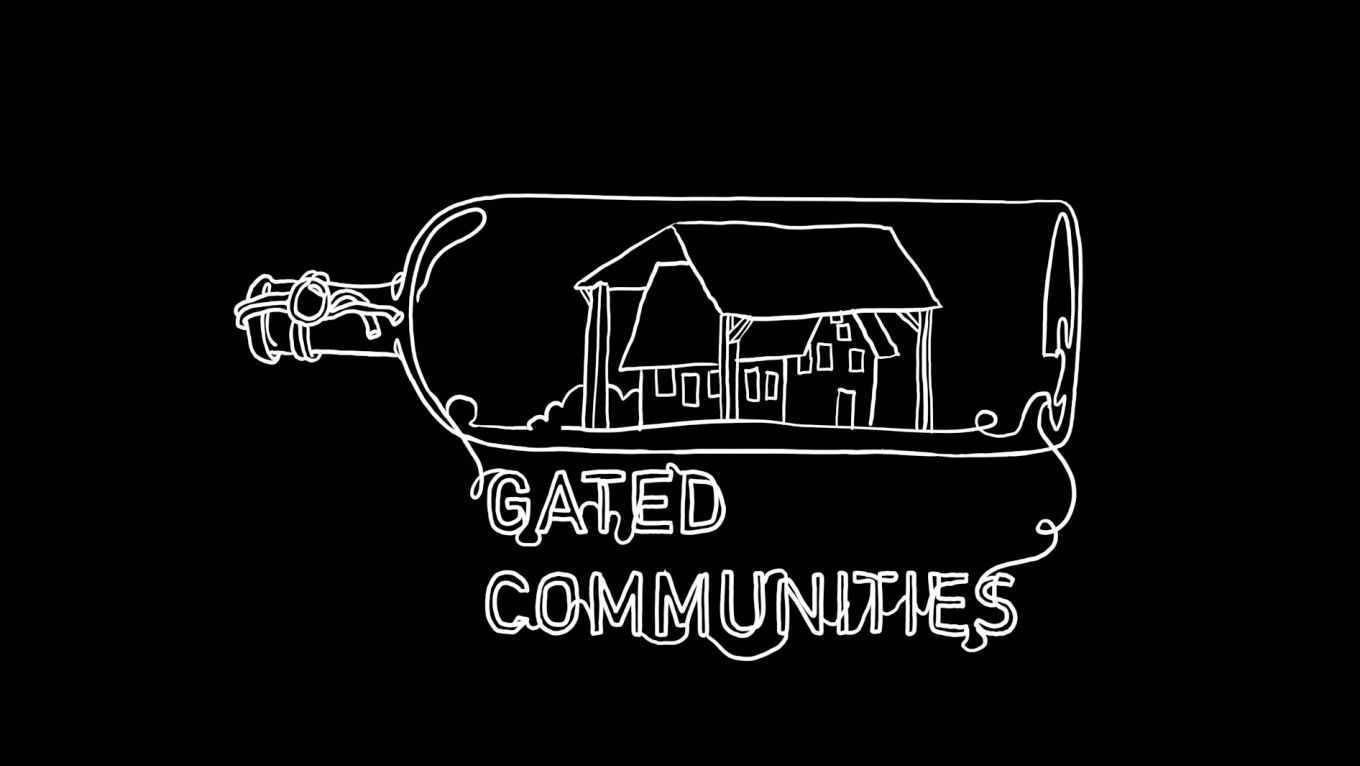Hardware & Making
Maker Spaces in Favelas - Lecture
Engaging social innovation and social innovators
There are two lines of research in the world about decreasing poverty in low-income communities: (1) to create solutions and share them with people living in low-income areas or (2) build the capacity of people from low-income areas to create their own solutions. Maker Spaces to BoP have showed great results to the strategy two. The lecture has the goal to expose all the experience we have learnt in the last three years to project, implement and manage a Maker Space in a favela in São Paulo - Brazil called Innovation Center Vila Nova Esperança (ICVNE).
The terms “social innovation” and “social innovators” have become commonplace expressions in technology and development fields. More people have created new kinds of businesses and solutions to create positive impact in the society instead of just bringing interests to the partners of the company. However, in the last two decades, most resources available to build solutions for international development challenges were provided to institutions in richer countries. Most of the solutions, therefore, were coming from outside the local context or community. There are very few examples that show low-income people as responsible designers for good solutions. Several reasons try to explain why this has happened, but one essential reasoning is the belief that well educated people have more capacity to reach a good solution for any context, even if these people do not belong to the local culture or context. However, the main results of this methodology are anything but understanding and positive. The four main results are: dependence, lack of user needs understanding, (and, as such) little or no sense of ownership, and lack of maintenance.
In order to address these four problems, different approaches to social innovation have started to be tested. One model that tries to explain these different approaches are called Design For, Design With, Design By. If this model is studied deeper, it is possible to recognize that it translates the passage from the donator solutions mindset to the capacity-building solutions mindset. The two main parameters to define to understand the difference between those approaches is “designer” and “user.” Design For expresses the fact the designer has very limited interaction with the user (typically only in the information gathering stage at the beginning and user testing at the end). This is typically what appropriate technology development looks like. Design With, also called co-creation and participatory development, brings together the user and the designer to understand the problem together, create solutions together and make decisions together in order to keep the project going forward. Design By defines the approach where the designer is also the user (and vice versa) or belongs to the same environment as the user. To test the Design By model, our Donor IDIN (www.idin.org) opted to support a local Innovation Center in a favela in Latin America, more specifically in São Paulo that the local organization Caos Focado has been responsible.
Additional information
| Type | lecture |
|---|---|
| Language | English |
More sessions
| 12/27/15 |
News about the rad1o half a year later – cool stuff that happened, and why you need an SDR.
|
| 12/27/15 |
Yosys (Yosys Open Synthesis Suite) is an Open Source Verilog synthesis and verification tool. Project IceStorm aims at reverse engineering and documenting the bit-stream format of Lattice iCE40 FPGAs and providing simple tools for analyzing and creating bit-stream files, including a tool that converts iCE40 bit-stream files into behavioral Verilog. Currently the bitstream format for iCE40 HX1K and HX8K is fully documented and supported by the tools. Arachne-PNR is an Open Source place&route tool ...
|
| 12/27/15 |
The Amiga was one of the most powerful and wide srpead computers in the late 80's. This talk explains its hardware design and programming.
|
| 12/27/15 |
CubeSat are small standardized satellites typically flown as secondary and containerized payloads piggybacking on the launches of larger satellites. Their low entrance cost have been a revolution in opening access to space for a broad range of institutions. In this talk the basics of CubeSat standards, technology and development are going to be presented. The goal is to proliferate the knowledge of what it takes to successfully build, launch and operate a CubeSat within and beyond the hacker ...
|
| 12/27/15 |
In this talk Matthew Borgatti, Lead Scientist at Super-Releaser, will take you through the process of turning a puddle of goo into a working soft robot. He will take you through the different mechanisms that can be created, simple processes for fabricating soft robots, and methods for joining elements together into sophisticated assemblies.
|
| 12/28/15 |
This talk is a brief recap into EEG / BCI for hackers, makers, researchers, and artists. It will give an overview of current consumer devices and their flaws, and subquently present fully open-source, high-quality hardware and software. Finally implications for the future of modern society are outlined, especially how commercial EEG consumer devices or services may be exploited by corporations to cloudsource market research, or spy on health conditions, brain states or even leak private ...
|
| 12/28/15 |
AXIOM is the first professional, extendable, affordable and modular cinema camera platform based on Free ("libre") Software, Open Design, Open Hardware, transparent development processes and extensive documentation. The community project establishes an ecosystem that offers a sustainable basis for a broad spectrum of imaging applications and empowers enthusiasts, videographers as well as developers in the technology and creative industry sectors.
|

